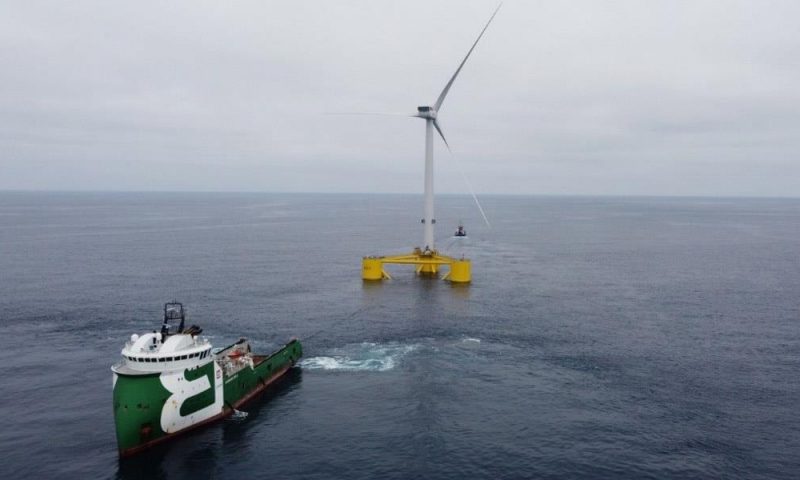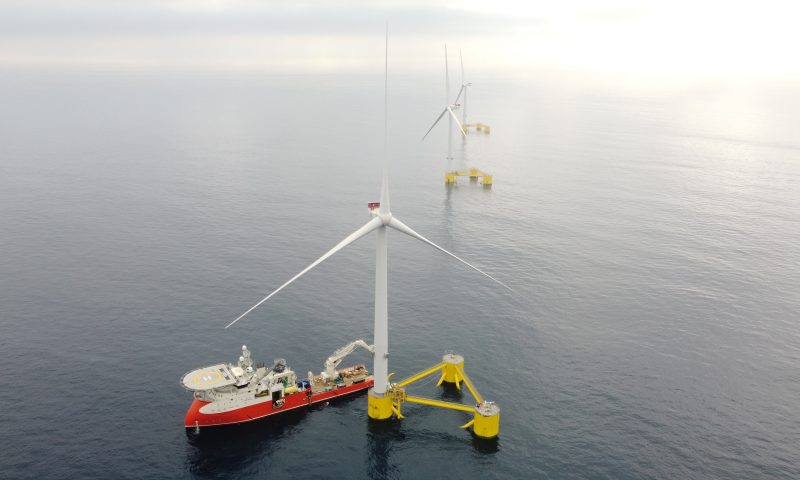
Floating Wind Structures and Mooring Types
Floating Wind Farms. As the focus on wind energy exploitation in deep water increases, new concepts for deep offshore designs and anchors are likely to be proposed, and so are the respective installation methods.
What about the current structures and how do they maintain in place? What are the Pros and the Cons?
Spar-Buoy Foundation:
A Spar-Buoy foundation (Fig.1) is a cylinder with low water plane area, ballasted to keep the center of gravity below the center of buoyancy. The foundation is kept in position by catenary or taut spread mooring lines with drag anchors or suction caissons/suction anchors (Fig.1).
Pros for these foundations are:
- Tendency for lower critical wave-induced motions
- Simple design
- Lower installed mooring costs
Cons for these foundations are:
- Foundation needs to be upended in in sheltered waters with sufficient depth.
- Offshore operations (turbine installation) require a heavy lift vessel and can currently only be done in relatively sheltered, deep water
- Needs deeper water than other concepts (>100 meters)
First Movers:
- Statoil (Hywind)
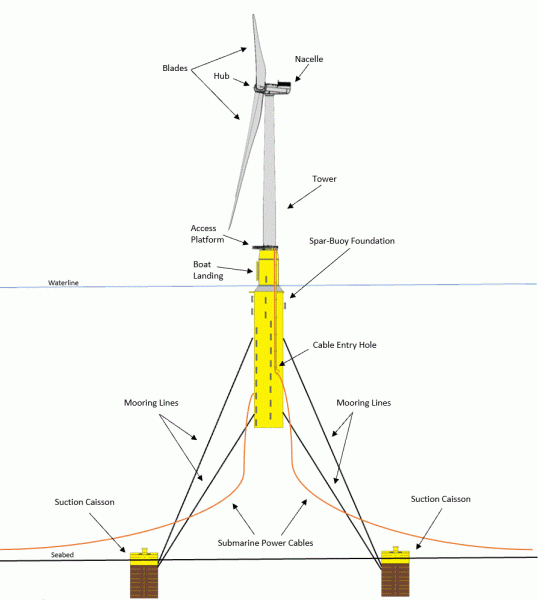
Fig. 1 Completely Installed Spar-Buoy Foundation by Jochem Tacx
Semi-Submersible Platform Foundation:
Semi-Submersible Platform Foundations (Fig.2) are a number of large columns linked by connecting bracings / submerged pontoons. The columns provide the hydrostatic stability, and pontoons provide additional buoyancy. The foundation is kept in position by catenary or taut spread mooring lines and drag anchors or suction caissons / suction anchors (Fig.2).
Pros for these foundations are:
- They are constructed onshore or in a dry dock
- The complete turbine can be installed from shore with the platform moored along the quayside
- Fully equipped platforms (including turbines) can float with drafts below 10 meters during transport
- Transport to site using conventional tugs
- Can be used in water depths to about 40 meters
- Lower installed mooring cost
Cons for these foundations are:
- Tendency for higher critical wave-induced motions
- Tends to use more material and larger structures in comparison to other concepts
- Complex fabrication compared with other concepts, especially spar buoys
First movers:
- Principle Power (WindFloat)
- Fukushima FORWARD
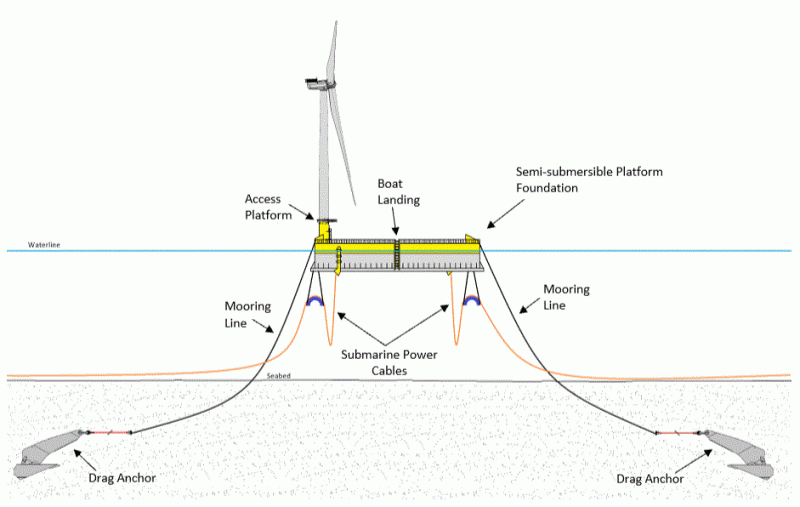
Fig. 2 Completely Installed Semi-Submersible Platform Foundations by Jochem Tacx
Read More: Sumitomo Electric and Seaway 7 Collaborate on Offshore Wind Farm Projects
Tension Leg Platform (TLP) Foundation:
Tension Leg Platform (TLP) Foundations (Fig.3) are highly buoyant, with central column and arms connected to tensioned tendons which secure the foundation to the suction / piled / gravity anchors (Fig.3).
Pros for these foundations are:
- Tendency for lower critical wave-induced motions
- Low mass
- Can be assembled onshore or in a dry dock
- The complete turbine can be installed from shore with the platform moored along the quayside
- Can be used in water depths to 50-60 meters, depending on the characteristics of the location
Cons for these foundations are:
- Harder to keep stable during transport and installation
- Depending on the design, a special purpose vessel may be required
- Some uncertainty about impact of possible high-frequency dynamic effects on turbine
- Higher installed mooring cost
First movers:
- GICON
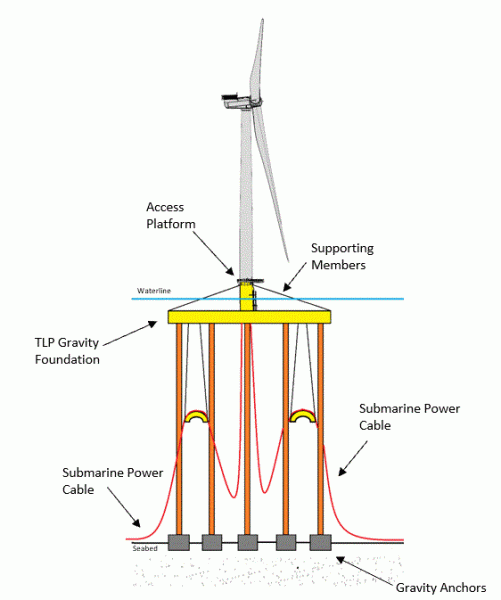
Fig. 3 Completely Installed Tension Leg Platform (TLP) Foundations by Jochem Tacx
Find more about the transport and Installation methods of floating wind structures, the different mooring / anchor types and how they are installed from the Building an Offshore Wind Farm Operational Master Guide, available on Amazon.







